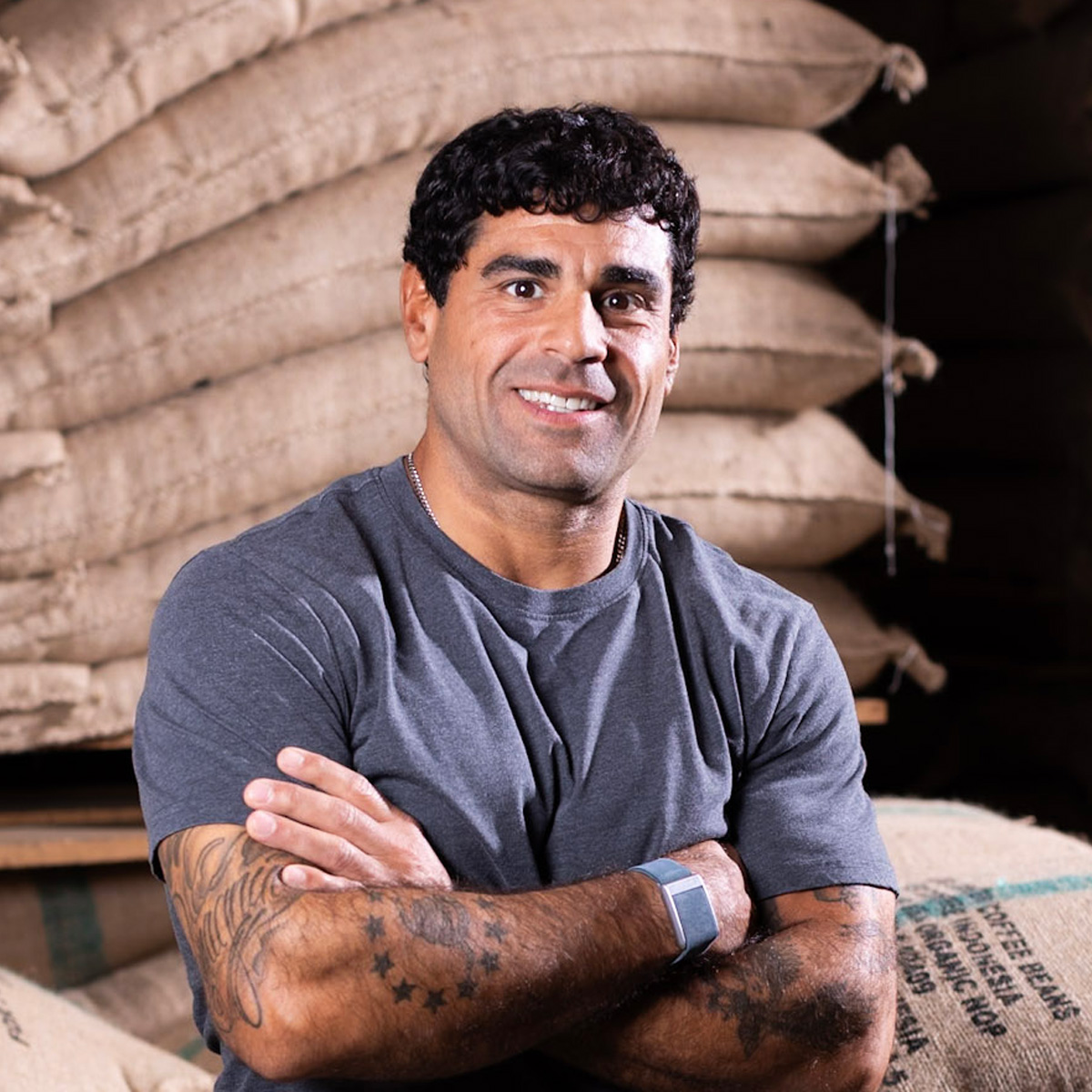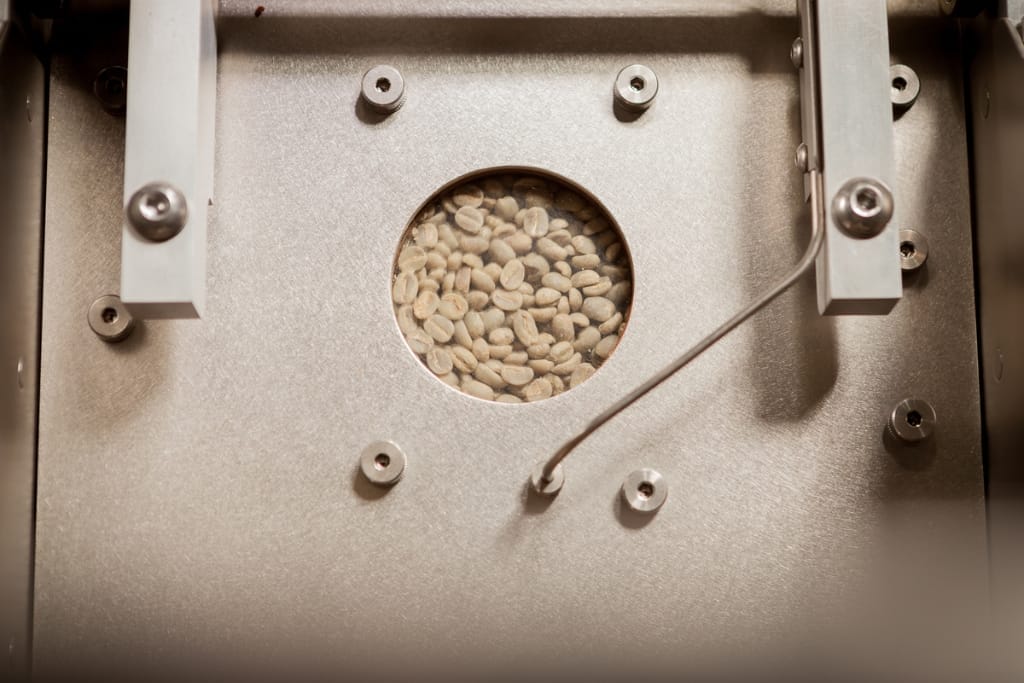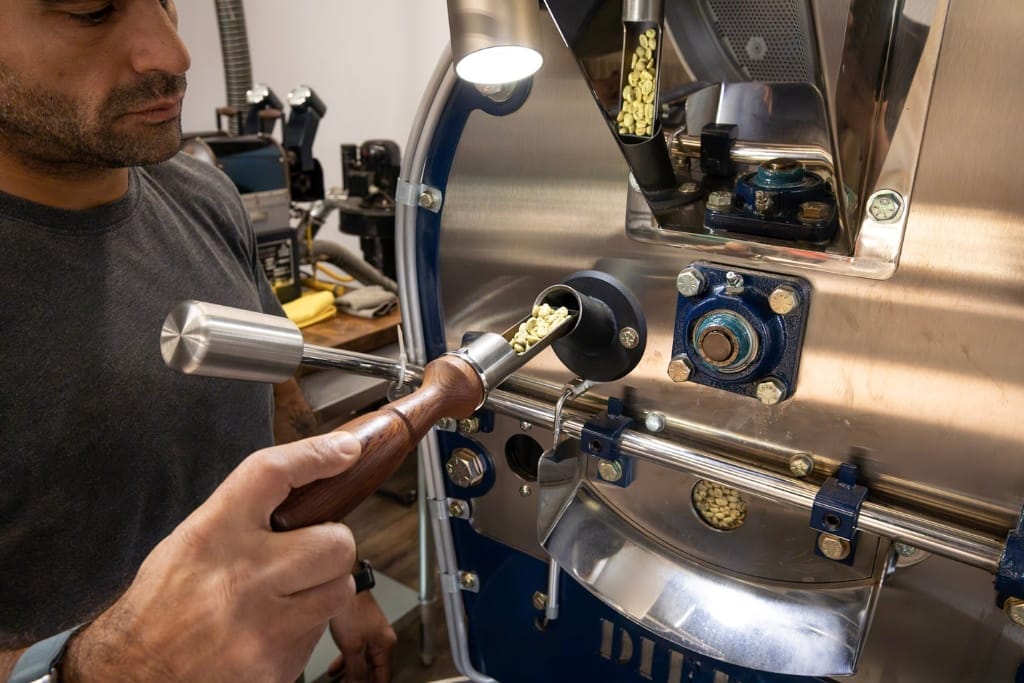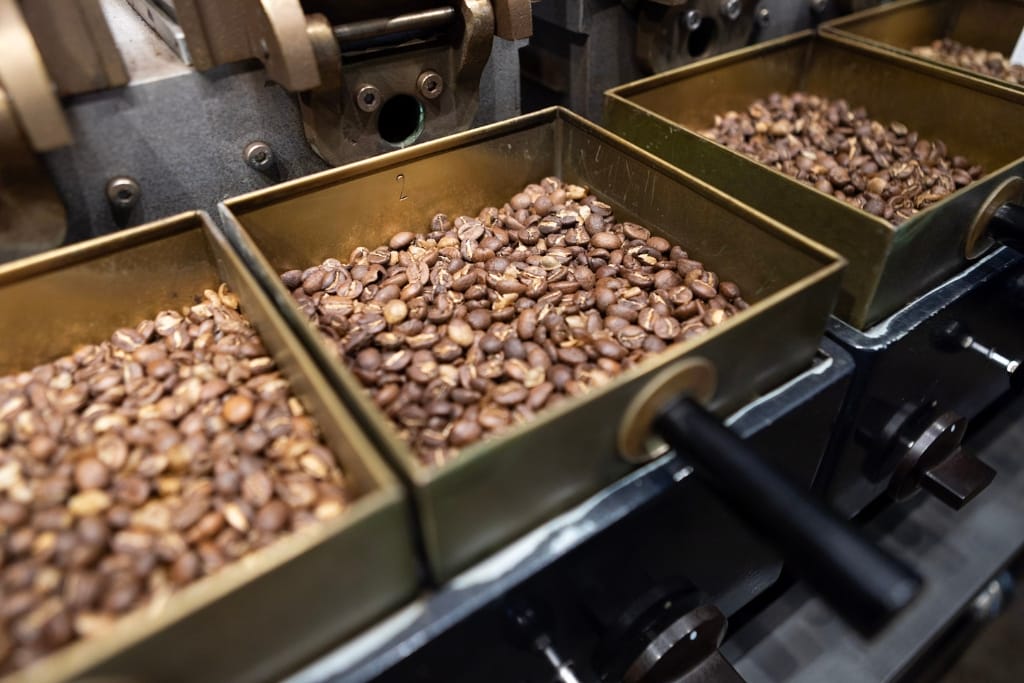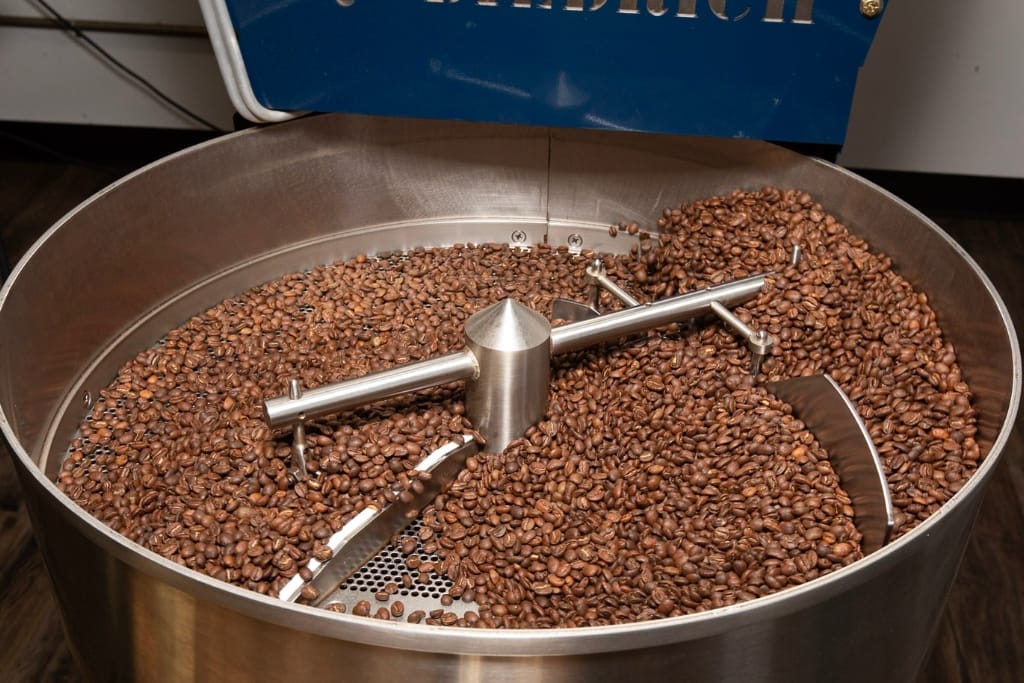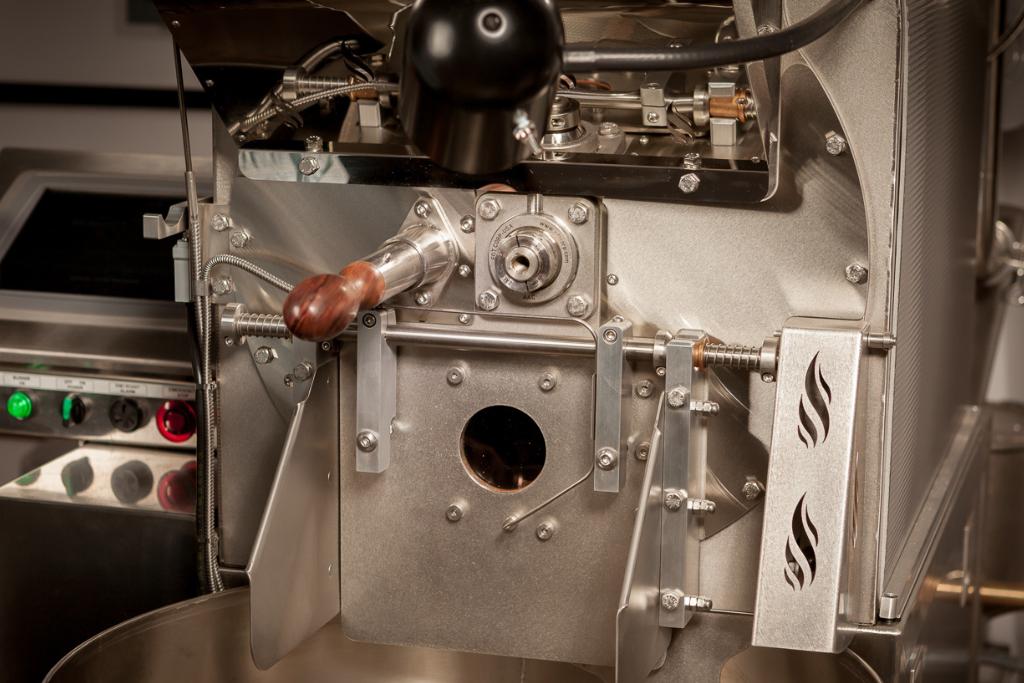In the intricate world of coffee roasting, every choice—from origin to control of heat and airflow—plays a vital role in defining the final cup. Among these roasting techniques is one that has been stirring interest among coffee enthusiasts and professionals alike: the soak. Mike Romagnino explains what a soak is, its pros and cons, and how to best utilize the technique.
What is a soak?
The soak technique is a method used early in the coffee roasting process. It involves initially charging a batch with little-to-no gas, allowing the coffee to absorb radiant heat from the drum. After this brief soaking period—typically within the first two minutes—the gas is increased to a high setting. While not a necessity for great coffee, many professional roasters have found that soaking can facilitate better flavor development and producer cleaner, more balanced results.
Why use the soak technique when coffee roasting?
Even Heat Absorption
Coffee beans are dense, with interiors that can lag behind their exteriors during roasting. A soak allows the coffee’s internal and external temperatures to equalize, promoting an even roasting and reducing the risk of scorching or tipping.
Enhanced Flavor Clarity
By creating a more uniform heat distribution, the soak technique can refine the flavor profile, bringing out clean, bright notes while minimizing sharp or flat flavors caused by uneven roasting.
A Controlled Start
The soak acts as a buffer against rapid temperature increases, preventing surface scorching and giving roasters greater control over the initial phases of the roast.
Potential Drawbacks of the Soak
While soaking has its merits, it’s not without risks. Two notable challenges include:
• Loss of Heat Momentum: A soak can cause a loss of the heat built up during charging, which may disrupt the roast’s momentum.
• Flattened Roast Profile: Over-soaking runs the risk of dulling the coffee’s natural brightness, leading to less dynamic flavors.
Striking the Right Balance when Coffee Roasting
As with any roasting method, the key to mastering the soak technique lies in careful experimentation. It’s about understanding your coffee, equipment, and desired flavor outcomes to find the perfect balance.
So, is the soak right for you? For many roasters, it’s a valuable tool to achieve consistency, clarity, and control. But, like any technique, its success depends on how well it aligns with your approach to roasting.



